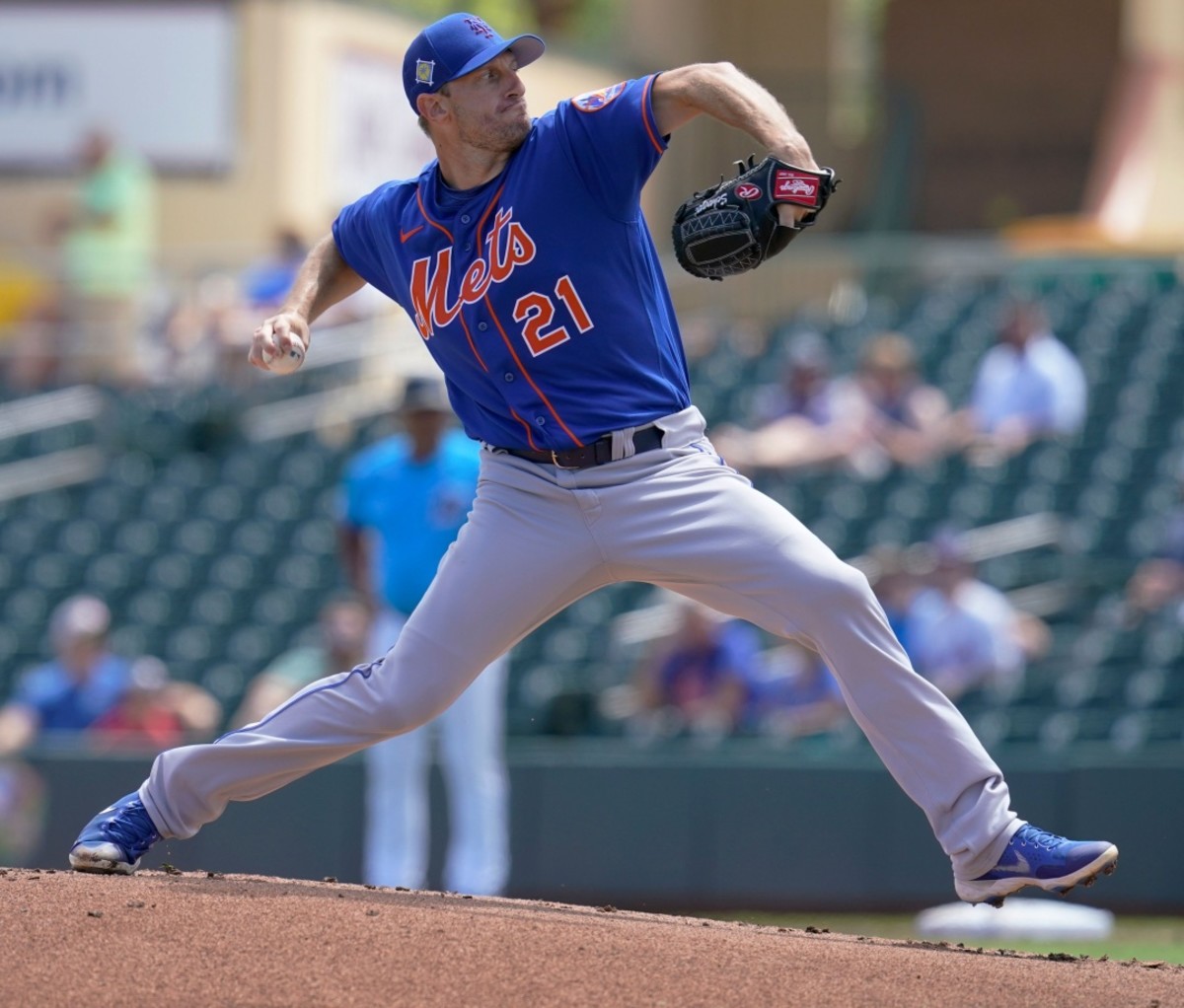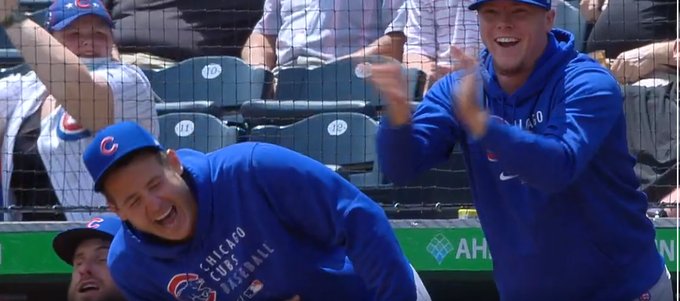After all that—a 13-week player lockout, uncertainty about Major League Baseball’s economic structure, and canceled-then-reinstated games—the 2022 MLB season will start on April 7.
The collective bargaining agreement the league and its players union reached in early March will change the sport in ways big and small. At the top end of the sport, the status quo will remain—the new agreement did little to encourage bad teams to spend more money or good ones to spend less of it. But in terms of actual baseball, fans will notice a difference in the way the game is played and in how the pennant races unfold this year.
Ahead of Opening Day, here are three stories to keep an eye on in the 2022 MLB season.
1. How will the new rules change the sport?
Two changes in particular will make waves from the first pitch:
- The universal designated hitter. Pitchers haven’t hit in the American League since 1973. Now that rule will apply to the National League as well (this was also the case in the 60-game, pandemic-chopped 2020 season).
- The expanded postseason. Twelve teams—six in each league—will make the playoffs, up from five clubs per league, which has been the case since 2012.
The universal DH rule changes a lot. It makes the sport more exciting in the long run, because we don’t have to watch pitchers (who struck out over 40 percent of the time each year since 2018) attempt to swing a bat. I politely clapped for a well-executed sacrifice bunt just as much as the next person, but let’s be honest: It’ll be more fun to watch professional hitters hit.
For National League teams, though, the DH rule means teams need an extra hitter who’s worthy of an everyday lineup spot. Some teams, like the Washington Nationals, went out and found one (in their case, slugger Nelson Cruz). The gap in hitting ability between various teams’ pitchers was usually small—unless we’re talking about Shohei Ohtani—but the gap between a good DH and a bad one should be quite noticeable. It’s time to beef up those rosters.
The 12-team postseason is more of a mixed bag. The good seems obvious enough: More teams will be in contention for longer, and that will mean more meaningful games later in the season. But the bad is likely to show up, too: The 162-game regular season will mean less for teams that are safely in the playoff picture, and teams at the bottom of the league (hello, Pittsburgh Pirates and Baltimore Orioles, among others) could easily use the expanded playoffs to justify not investing in their rosters. With a larger postseason, they might assume they can skimp on talent and sneak into the playoffs anyway within a few years (before quickly getting bounced). That said, it will take a year or two before we get a full picture of how teams respond to the new rule.

2. How will the National League’s game of free-agency musical chairs work out?
The Los Angeles Dodgers have been the NL’s most consistent winner over the last decade. The Atlanta Braves (who dethroned the Dodgers in the championship series last year before winning the World Series) and the San Francisco Giants are their most competitive rivals. Interestingly, there has been a lot of roster turnover among these teams at the top of the National League.
The Dodgers watched shortstop Corey Seager, trade deadline rental ace Max Scherzer, and closer Kenley Jansen sign big deals elsewhere. In fact, it was the Braves who took Jansen, but they only did that after the Dodgers signed Freddie Freeman, the longtime first baseman and franchise cornerstone in Cobb County.
The Braves replaced Freeman with Matt Olson, a similarly good first baseman who came their way via the tanking, mid-firesale Oakland A’s. The Braves also let outfielder/DH Jorge Soler head off to the Miami Marlins.
The Giants, meanwhile, let deadline pickup Kris Bryant go to their division rival, the Colorado Rockies, while starting pitcher Kevin Gausman headed north to the Toronto Blue Jays. (The Giants did pick up Carlos Rodón, the fireballer coming off a great year with the Chicago White Sox.)
What do all these trades mean for the 2022 MLB season? The Giants outperformed projections last year and will have to do that again; Fangraphs predicts they’ll be only a few games better than .500. The Dodgers and Braves should continue to be the premier clubs in the NL, but we’ll see how their various shuffles play out for them.
3. Many teams aren’t trying to win. How bad will it get, and how will they skew the playoff race for everyone else?
The expanded playoffs mean that most of the league is within shouting distance of October baseball this year. But some teams aren’t even making an effort to entertain that possibility. Four are set to have payrolls below $45 million on Opening Day, meaning they’re spending about one-fourth or one-fifth of what the top teams are spending.
Three of the five teams in the NL Central (the Chicago Cubs, Cincinnati Reds, and Pirates) are in full rebuilding mode, which might reduce an entire division to a two-team race between the Milwaukee Brewers and the St. Louis Cardinals. The Orioles have essentially bowed out of the highly competitive AL East, where four teams have preseason playoff odds north of 50 percent—and Baltimore is at 0.1 percent. By trading away not just Olson but his corner infield partner Matt Chapman and pitcher Chris Bassitt, the A’s have similarly disappeared from an AL West that has just one clearly good team, the Houston Astros.
That’s a bummer for fans of these teams, who are looking at lackluster seasons in 2022. But the new playoff schedule could be exciting for fans of teams who are making an honest near-term effort. And considering that some clubs have checked out, the 12 playoff spots are actually up for grabs between just 22 or 25 teams rather than 30—which means better chances for some postseason action.
For access to exclusive gear videos, celebrity interviews, and more, subscribe on YouTube!








